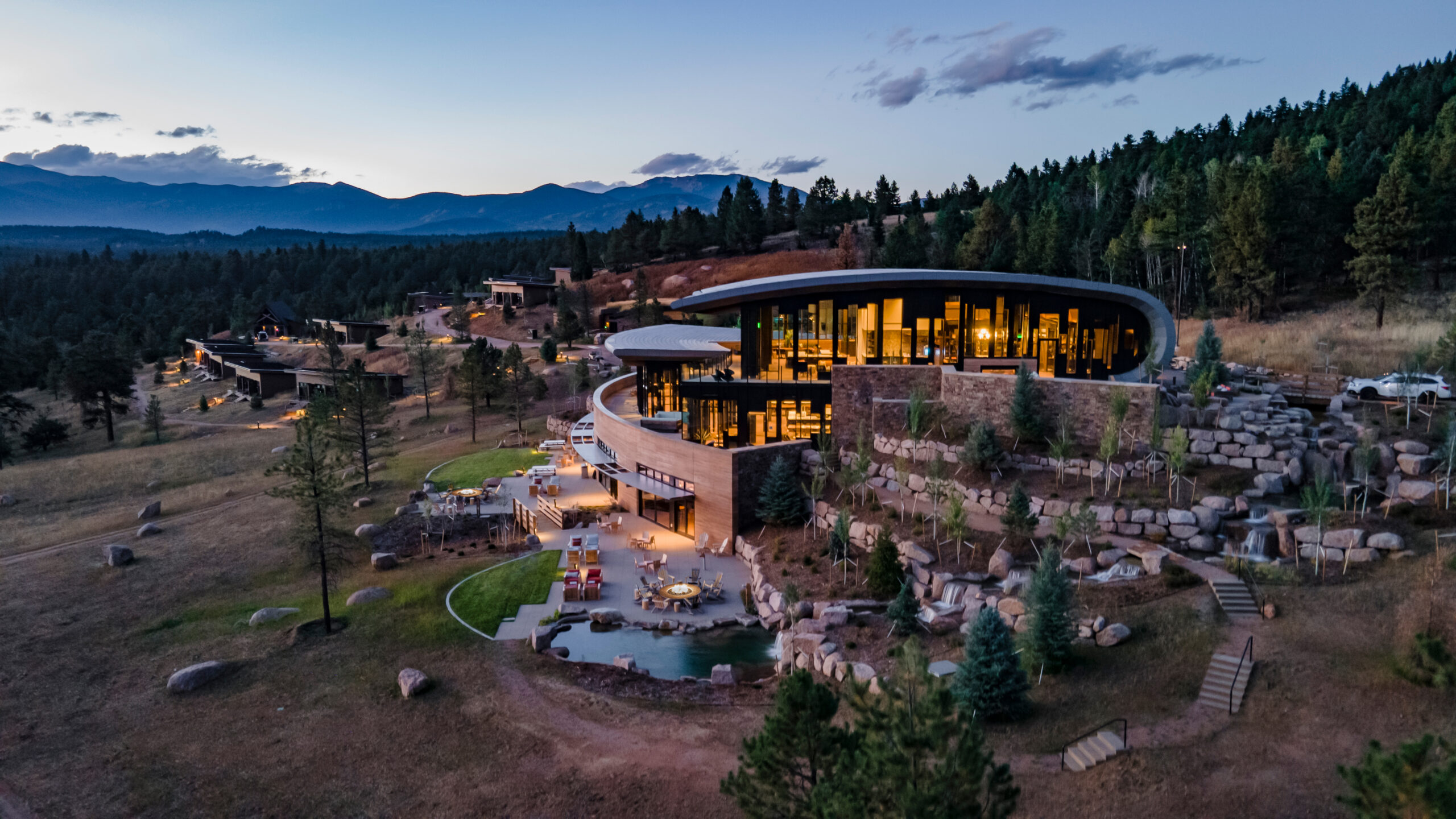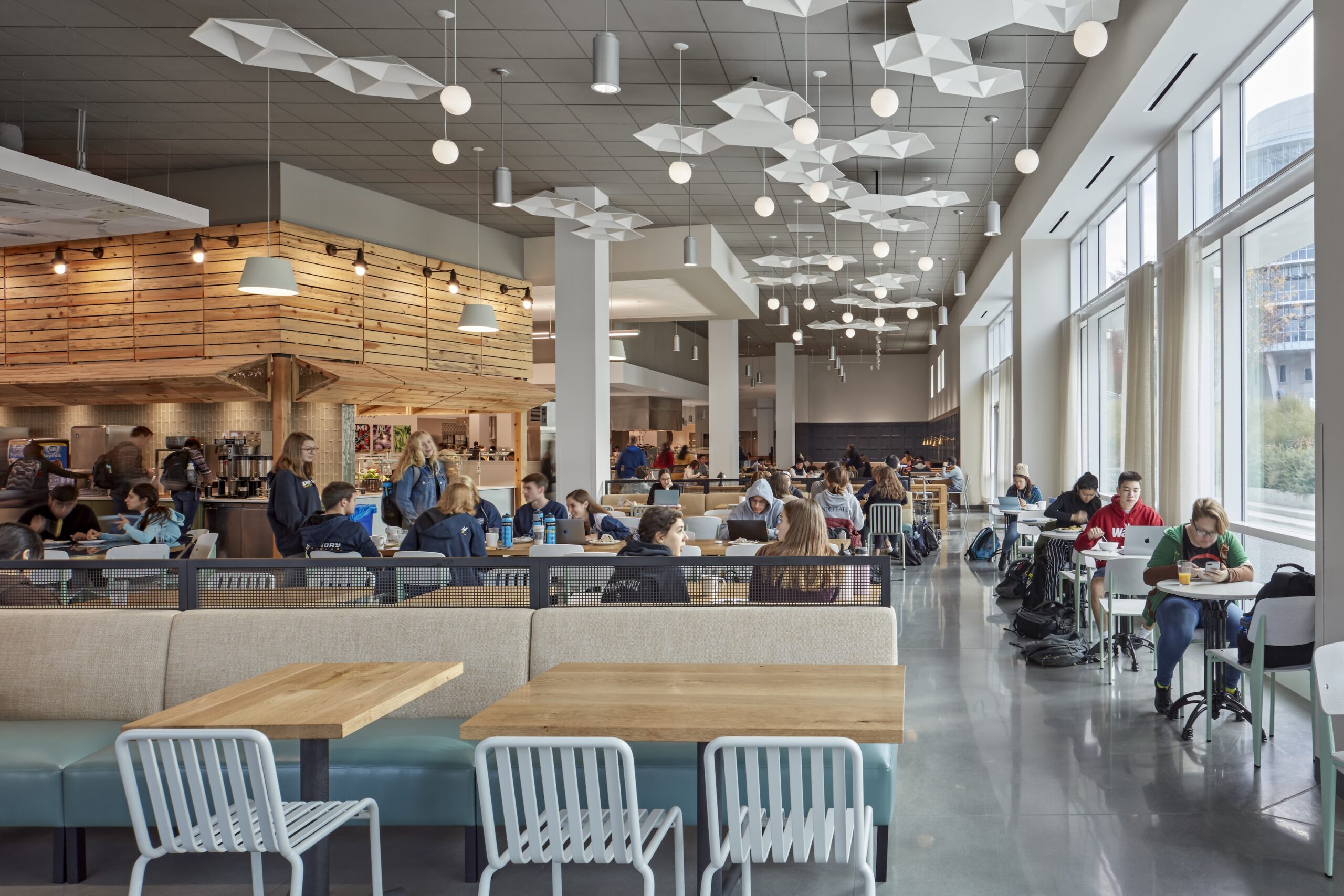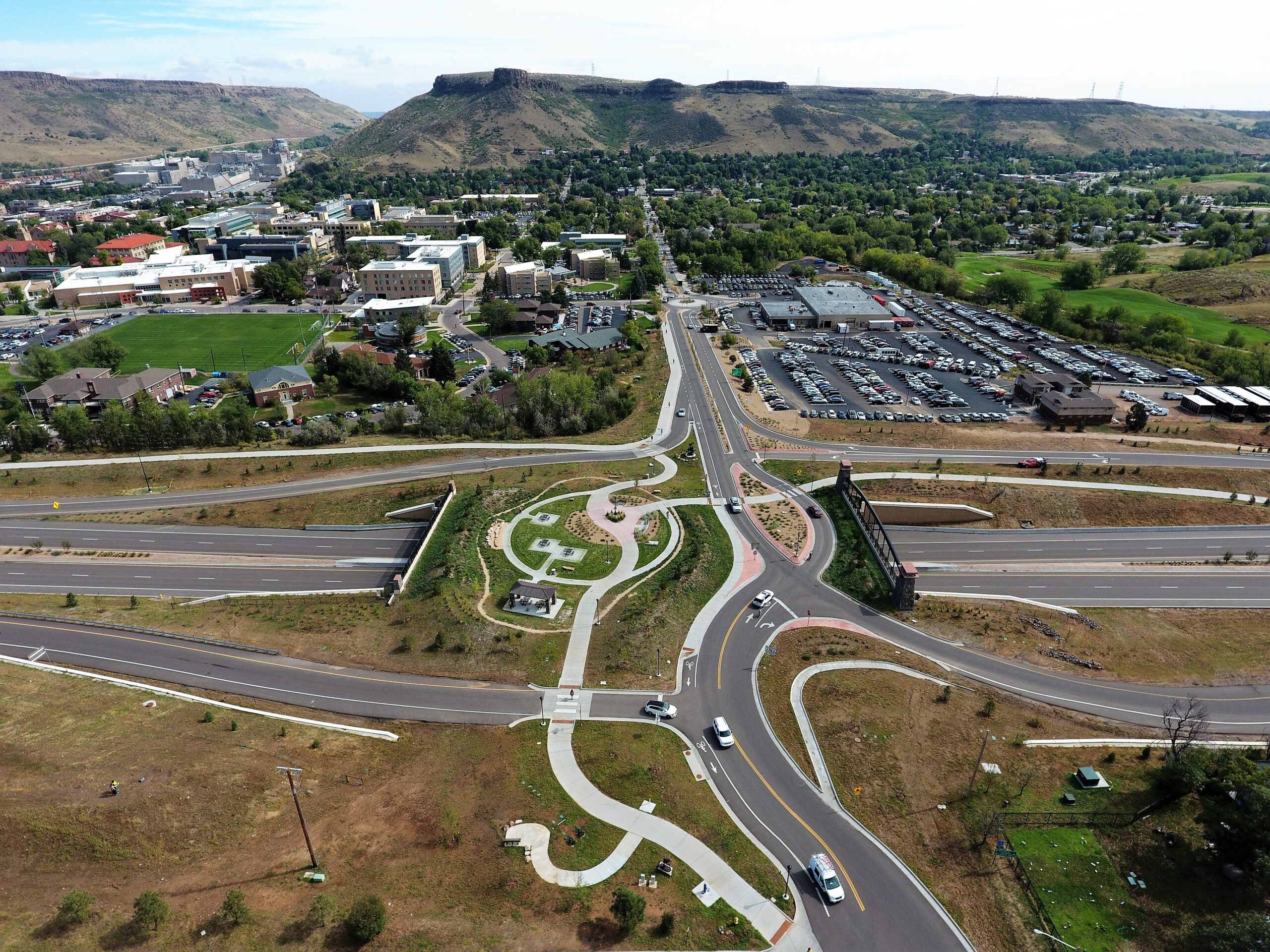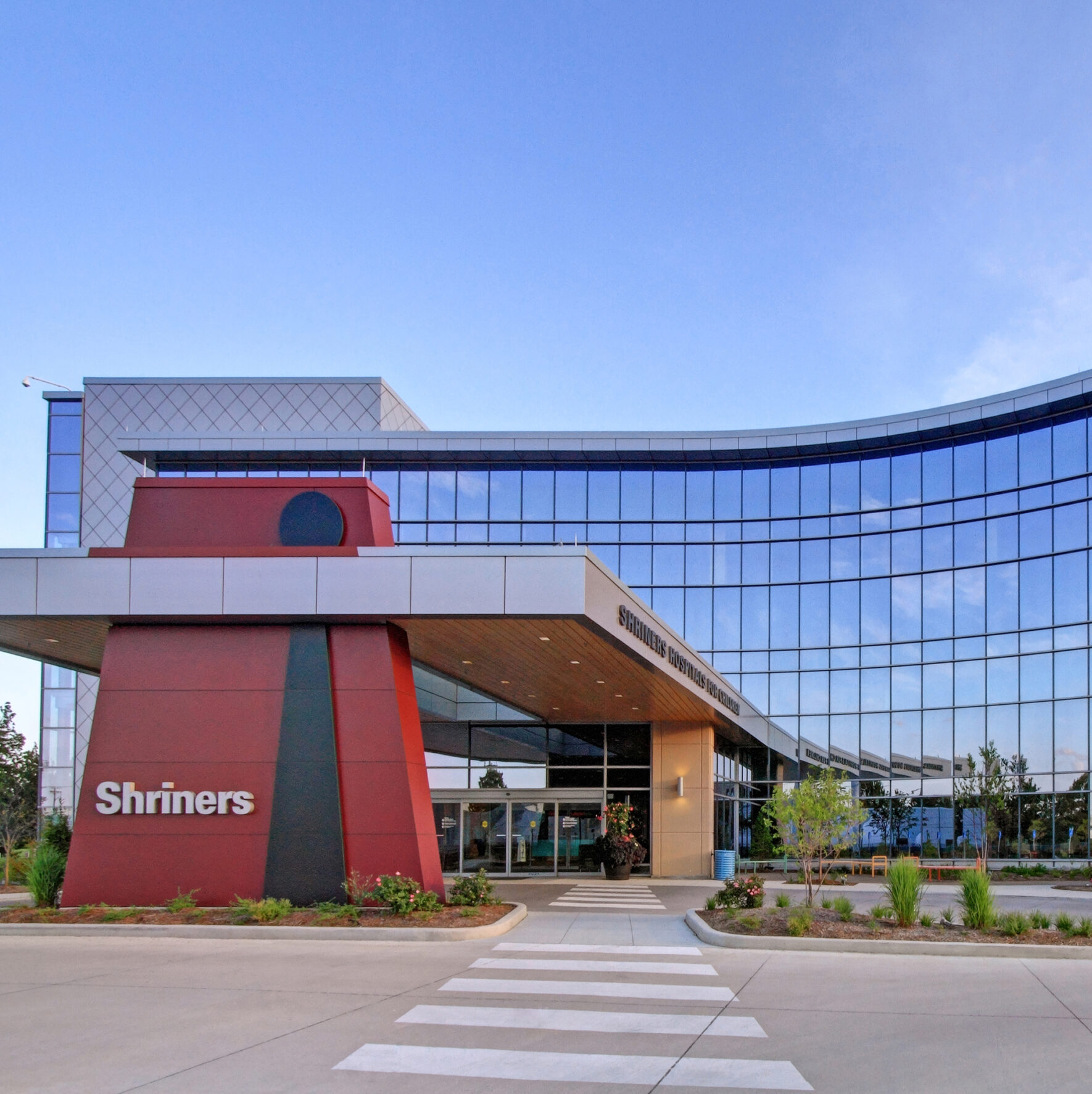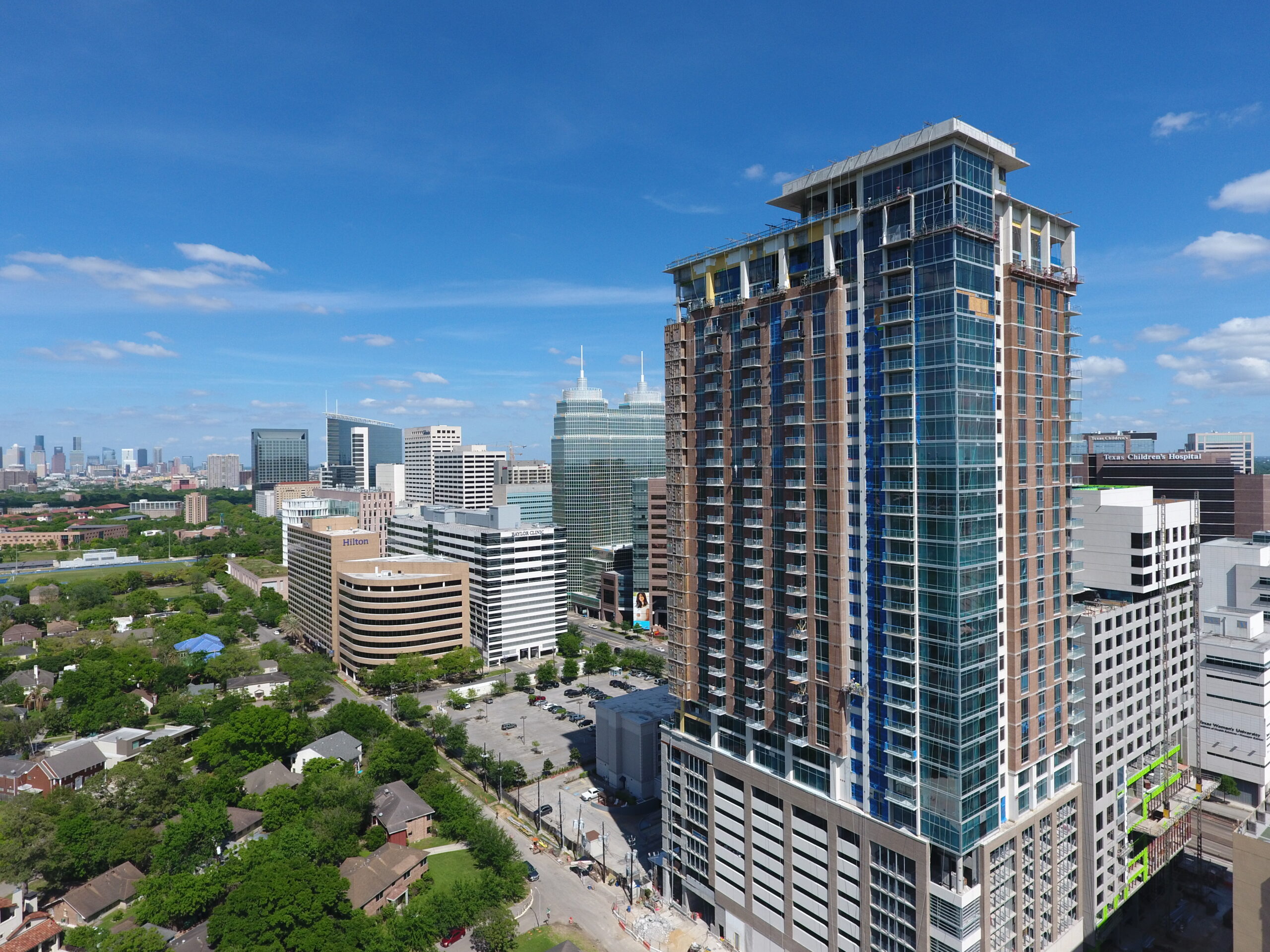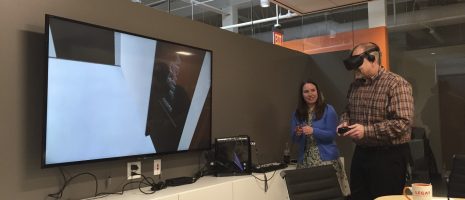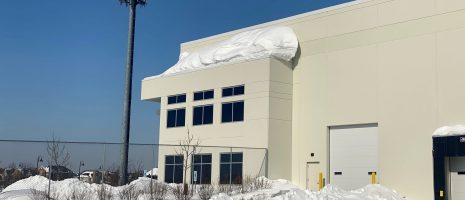Holistic security design goes beyond bolt-on technology with thorough staff preparation

Third in a series based on the IMEG executive guide, “Holistic Security Design: Mitigate vulnerability, reduce risk, and keep people safe.”
By Ryan Searles
While well-placed security cameras trigger a reactive response to a security threat and can be a deterrent to crime if they’re visible, they’re often not enough to stop someone set on doing harm.
A holistic approach to security design offers more effective strategies to protecting your facility, people, and assets. Through training exercises, crisis management planning, and a robust security design, your facility and staff will be prepared for the impact of an emergency event and will understand how to best respond afterward.
The three components of this strategy for disaster mitigation are to prevent the event from occurring, respond effectively in the event of an active threat, and recover post-event. To accomplish this, consider adding the following elements to your design and planning:
- CPTED strategies. Increase physical security without creating an overly institutionalized aesthetic by leveraging architectural elements to create secure environments with CPTED strategies. These strategies can include increasing natural surveillance, ensuring territorial boundaries, and establishing social management programs.
- Emergency preparedness and response. Establish a plan for your organization’s response to emergencies and disasters—whether natural disasters, security incidents, or public health crises. Train employees to respond correctly and quickly in an emergency.
- Policy and procedures. Some organizations may have safety officers who work to protect employees from accidents, but a company’s procedures also need to include threat protection and recovery. Establish a chain of command for senior management that will respond quickly to an event and follow the company’s specific procedures for reporting the incident, providing crisis management, and handling media inquiries. This will help your business recover and remain operational after an event.
- Market-specific operational intent. Response to and mitigation of security threats are different for each market, necessitating a unique design for each client. The overall security design will depend on your company or organization culture, desired aesthetics, and safety perceptions. The security team should provide a creative design that will accomplish your goals without interfering with the purpose of the building and the chosen aesthetics.
Security design for your facility should be a thoughtful, holistic process. Owners need to look beyond bolt-on technology for their access control and security cameras and approach security design with a deeper understanding of CPTED and preventive security strategies. Using technology in tandem with these security strategies will maximize the protection of your people, assets, and property, and help ensure your organization is resilient when a potential threat becomes reality.
For more information, download a copy of the IMEG executive guide, “Holistic Security Design: Mitigate vulnerability, reduce risk, and keep people safe.”
Check out more blogs in this series:
